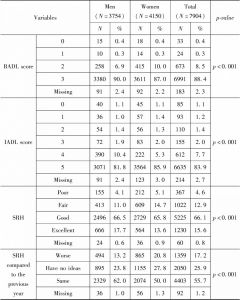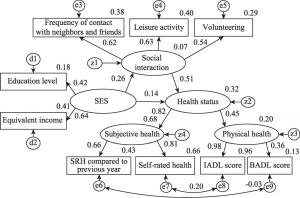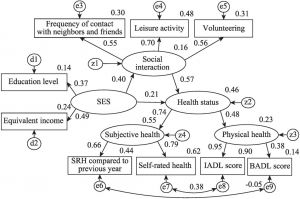章节
The Mediating Effect of Social Interaction on the Association between Socioeconomic Status and Health Status among Japanese Elderly in Tama City
检索正文关键字
章节目录
- 3.1 Introduction
-
3.2 Methods
- 3.2.1 Research Population
- 3.2.2 Measures
- SES
- Social interaction
- Health status
- 3.2.3 Statistical Analyses
- 3.2.4 Hypothesis
-
3.3 Results
- 3.3.1 Distribution of Main Variables
- 3.3.2 Bivariate Analysis
- 3.3.3 Structural Analysis
- 3.4 Discussion
- 3.5 Conclusion
查看更多>>>










